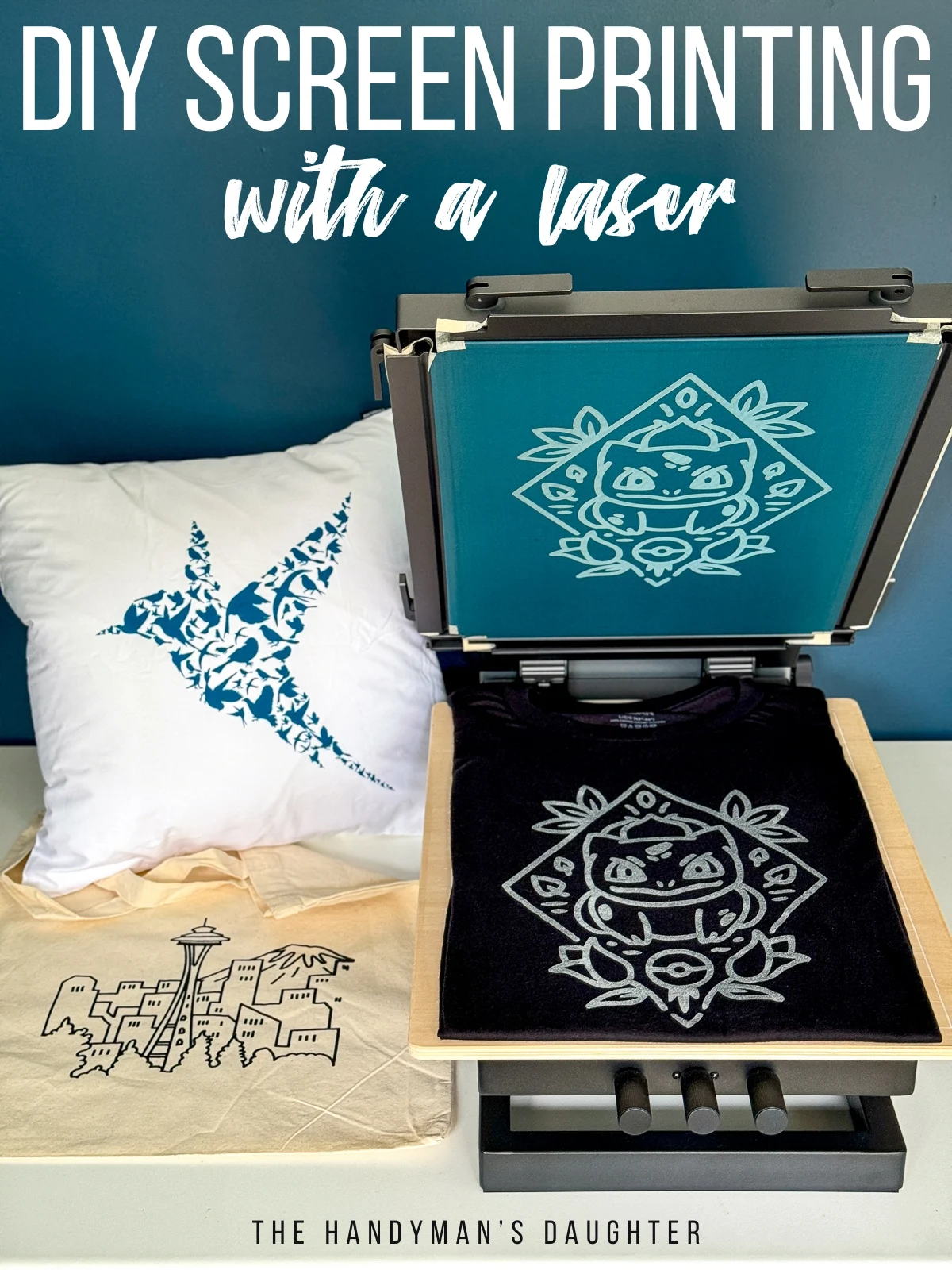The Vital Overview to Comprehending Screen Printing and Its Versatile Makes use of
Screen printing has a rich background that dates back to ancient times, evolving right into an innovative technique utilized across different industries today. This guide discovers the complexities of the screen printing procedure, describing its applications in home, advertising, and fashion décor - 10:9 Design Company. Recognizing these principles can open imaginative possibility for both creative and industrial projects. The complying with areas will certainly disclose necessary suggestions and strategies to boost one's screen printing endeavors
The Background of Screen Printing
Screen printing has origins that map back centuries, its development mirrors the technical and artistic improvements of numerous cultures. Coming from old China, the method was at first used for enhancing textiles and later spread to Japan, where it ended up being important to Ukiyo-e woodblock printing. The method changed to Europe in the 18th century, where it obtained appeal among craftsmens and business printers. The creation of photo emulsion in the 20th century revolutionized screen printing, allowing for even more elaborate designs and higher performance. Artists like Andy Warhol even more moved its popularity, making use of the tool to produce famous works that combined commercialism and art. By the late 20th century, screen printing had developed itself as a functional strategy, used in fashion, marketing, and great art. Today, it remains to progress, integrating electronic technology and broadening its applications throughout different sectors.
The Screen Printing Process Explained
Screen printing changes artistic visions into substantial layouts with a collection of accurate actions. A picture is developed and after that transferred onto a screen, commonly made of great mesh fabric stretched over a framework. A light-sensitive solution is put on the screen, which is revealed to light, hardening in areas not covered by the image. After rinsing the unhardened emulsion, a stencil is developed.
Next, the screen is put over the substratum, whether it be fabric, paper, or another material. Ink is then pressed with the open locations of the pattern making use of a squeegee, transferring the design onto the substrate below. This process can be repeated for several shades, requiring different displays for each and every tone. The published item is treated using warm to guarantee the ink adheres appropriately, resulting in a resilient, vibrant design prepared for use.
Sorts Of Screen Printing Techniques

Additionally, specialized strategies, such as discharge screen printing, get rid of dye from the material to produce softer prints, while aluminum foil screen printing uses metallic aluminum foil to attain a glossy coating (10:9 Design Abilene). Each technique provides unique attributes, accommodating numerous imaginative needs and production ranges, inevitably expanding the possibilities within the screen printing domain name
Applications of Screen Printing in Different Industries

Additionally, the signage and advertising fields use screen printing for creating attractive displays and banners. This approach enables for strong colors and elaborate designs that record focus. In electronics, screen printing is employed for applying conductive inks to circuit card, vital for component links. The home style industry accepts screen printing to produce distinct styles on fabrics and wall surface art. In general, screen printing serves as a vital tool across varied fields, boosting items with personalized and visually enticing graphics.
Tips for Successful Screen Printing Projects
While undertaking a screen printing task, careful interest to information can significantly improve the final end result. Selecting top notch materials is essential; this includes the screen, inks, and substratums. Using proper mesh matters can affect ink deposition and information resolution. Preparation is equally crucial; comprehensive cleansing of screens and appropriate exposure times ensure crisp prints.
Next off, accurate enrollment is important for multi-color prints. Using alignment devices can aid accomplish accurate layering. Furthermore, testing prints on scrap products before manufacturing assists recognize prospective concerns without losing resources.

Regularly Asked Questions
What Products Are Finest for Screen Printing on Material?
Cotton and polyester blends are ideal for screen printing on material due to their durability and ink absorption. Additionally, specialized materials like silk or canvas can produce special appearances and finishes, improving the general layout top quality.
Exactly how Do I Tidy and Maintain Screen Printing Tools?
To clean up and preserve screen printing equipment, one ought to on a regular basis clean screens with suitable solvents, inspect squeegees for wear, oil relocating parts, and store all items in a dry, dust-free atmosphere to prolong their lifespan.
What Are the Environmental Effects of Screen Printing?
Screen printing can have substantial ecological influences, including chemical waste from inks and solvents, water usage during cleansing processes, and power intake. Lasting methods and eco-friendly products are vital for minimizing these adverse results.
Can Screen Printing Be Done in the house Properly?
Screen printing can be effectively done at home with the right materials and methods. Hobbyists can develop top quality prints, though success relies on their ability degree, devices, and understanding of the process involved.
What Are the Costs Connected With Starting a Screen Printing Service?

Starting a screen printing business entails expenses for equipment, products, and workspace. First costs generally vary from a couple of hundred to numerous thousand dollars, depending on the range, quality of equipment, and wanted production ability.
Screen printing has an abundant background that dates back to ancient times, developing right into an advanced method used throughout different industries today. Another method, rotary screen printing, uses cylindrical displays, assisting in constant printing on material rolls, thereby boosting effectiveness for massive manufacturings. Additionally, specialized techniques, such as discharge screen printing, eliminate color from the textile to develop softer prints, while here foil screen printing applies metallic foil to achieve a glossy surface. In the style market, screen printing is extensively made use of to develop lively styles on apparel, allowing brands to showcase their special styles. Cotton and polyester blends are optimal for screen printing on textile due to their sturdiness and ink absorption.